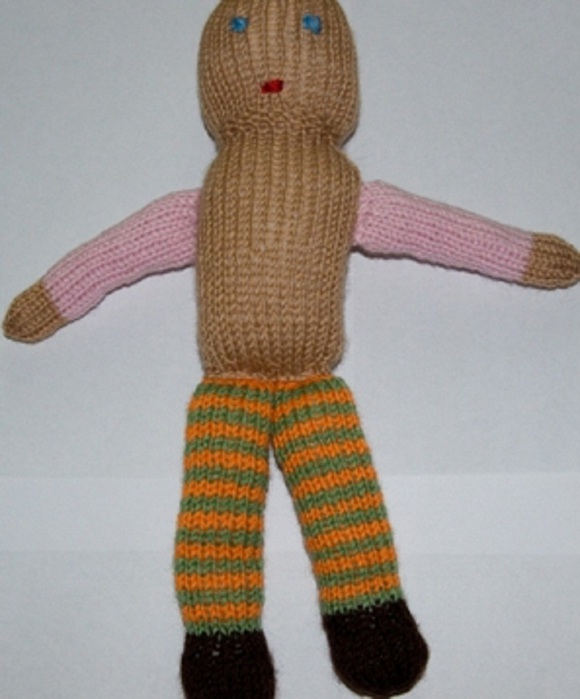Download Ppt On Space Robotics

Introduction to Robotics: Different types of robot platforms (humanoid, Car-like, miniature, manipulators, animators, indoor, outdoor, space robots, medical robots,. This fantastic PowerPoint is a great way to introduce the topic of shadows in your lessons! Have your children try and guess what the object shown is before revealing the answer! This particular PowerPoint is themed for space.
Space Travel Powerpoint launch of space rocket powerpoint templates search keywords launch of space rocket powerpoint templates rocket launch bird retro smoke adventure spaceship fly cloud travel future atmosphere interstellar travel & multi generational space ships interstellar travel & multi generational space ships apogee books space series 34 yoji kondo frederick c bruhweiler john moore charles sheffield on amazon Beautiful Space Travel Powerpoint if you desire to have all of these great shots about Space Travel Powerpoint, click on save icon to download the graphics for your computer. Gsview registration crack codes list.  They are available for download, if you like and want to own it, just click save badge on the page, and it will be directly saved to your home computer.
They are available for download, if you like and want to own it, just click save badge on the page, and it will be directly saved to your home computer.
Today there is lot of interest in this field and a separate branch of technology 'robotics' has emerged. It is concerned with all problems of robot design, development and applications. The technology to substitute or subsidise the manned activities in space is called space robotics. Various applications of space robots are the inspection of a defective satellite, its repair, or the construction of a space station and supply goods to this station and its retrieval etc. With the over lap of knowledge of kinematics, dynamics and control and progress in fundamental technologies it is about to become possible to design and develop the advanced robotics systems. And this will throw open the doors to explore and experience the universe and bring countless changes for the better in the ways we live. Areas Of Application The space robot applications can be classified into the following four categories 1 In-orbit positioning and assembly: For deployment of satellite and for assembly of modules to satellite/space station.
2 Operation: For conducting experiments in space lab. 3 Maintenance: For removal and replacement of faulty modules/packages. 4 Resupply: For supply of equipment, materials for experimentation in space lab and for the resupply of fuel.
The following examples give specific applications under the above categories Scientific Experimentation. Conduct experimentation in space labs that may include ' Metallurgical experiments which may be hazardous. ' Astronomical observations. ' Biological experiments. Assist crew in space station assembly ' Assist in deployment and assembly out side the station. ' Assist crew inside the space station: Routine crew functions inside the space station and maintaining life support system. Space servicing functions ' Refueling.
' Replacement of faulty modules. ' Assist jammed mechanism say a solar panel, antenna etc. Space craft enhancements ' Replace payloads by an upgraded module. ' Attach extra modules in space.
Space tug ' Grab a satellite and effect orbital transfer. ' Efficient transfer of satellites from low earth orbit to geostationary orbit. SPACE SHUTTLE TILE REWATERPROOFING ROBOT. TESSELLATOR Tessellator Tessellator is a mobile manipulator system to service the space shuttle.The method of rewaterproofing for space shuttle orbiters involves repetitively injecting the extremely hazardous dimethyloxysilane (DMES) into approximately 15000 bottom tile after each space flight. The field robotic center at Carneige Mellon University has developed a mobile manipulating robot, Tessellator for autonomous tile rewaterproofing.

Its automatic process yields tremendous benefit through increased productivity and safety. In this project, a 2D-vehicle workspace covering and vehicle routing problem has been formulated as the Travelling Workstation Problem (TWP). In the TWP, a workstation is defined as a vehicle which occupies or serves a certain area and it can travel; a workspace is referred to as a 2D actuation envelop of manipulator systems or sensory systems which are carried on the workstation; a work area refers to a whole 2D working zone for a workstation. The objective of the TWP is 1 To determine the minimum number of workspaces and their layout, in which, we should minimize the overlapping among the workspaces and avoid conflict with obstacles. 2 To determine the optimal route of the workstation movement, in which the workstation travels over all workspaces within a lowest cost (i.e. Routing time). The constraints of the problem are 1) The workstation should serve or cover all workareas.